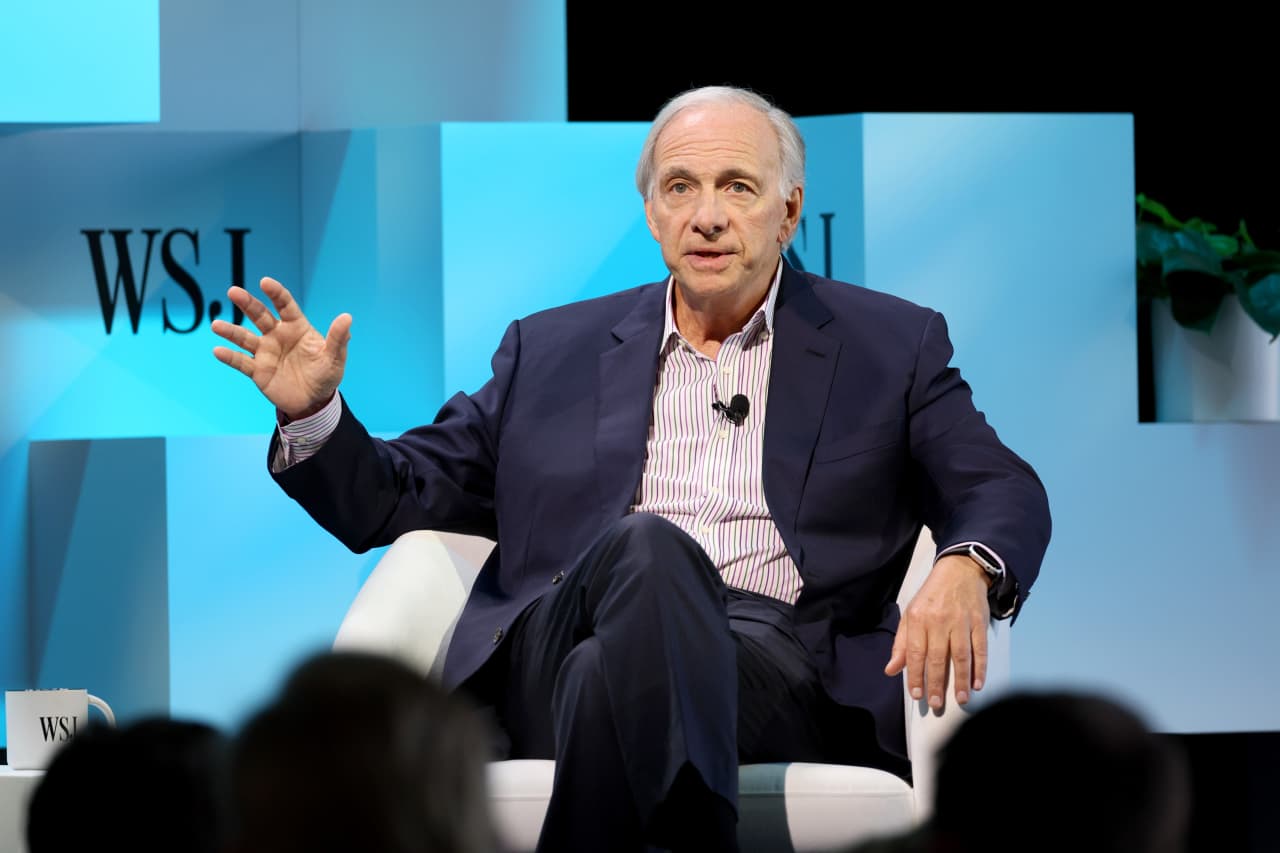Report: 69% of workers say their risk of burnout is moderate to high
Many companies are acutely aware that a notable portion of their workers are struggling with burnout. The data makes that much clear: A Mercer report from last year found that 82% of workers said they were at risk of burnout. In another study conducted by the National Alliance on Mental Illness and Ipsos, over half of the workers surveyed said they had experienced burnout because of their job in 2023. Even so, it seems that employers may be underestimating just how widespread burnout really is among the workforce. A new report by the online marketplace Care.com indicates that while the vast majority of companies surveyed—84%—know that burnout can noticeably impact retention, they don’t fully understand the scope of the issue. While employers believed only about 45% of their workers were at risk of burnout, 69% of employees said they were at moderate to high risk of burnout. The Care.com report, which polled 600 human resources executives and 1,000 rank-and-file employees, points to caregiving responsibilities as a driving factor behind burnout. Of the respondents who pay for family care, most of them say caregiving puts them at higher risk of burnout, and that their stress in the workplace is amplified by the burden of managing work expectations alongside caregiving. For many working parents, particularly those in their forties, caregiving responsibilities can take the form of both eldercare and childcare. What helps with burnout What does seem to help, at least according to Care.com’s findings, are workplace benefits that help support caregivers—an offering that has become increasingly common at companies that have invested in more niche employee benefits. Mental health resources have become some of the most popular benefits, along with fertility and family-building support. A number of companies also provide caregiver support in the form of subsidies or backup care coverage, which can help families manage gaps in childcare and offset the exorbitant cost of care. Despite the popularity of these employee benefit, companies don’t always see high rates of utilization across the board. But according to the Care.com report, when employers provide benefits tailored to caregivers, there can be a clear correlation with retention and stronger performance. The benefits that employees want About one in five employees said that they have quit jobs over a lack of caregiver benefits—or that they would leave for a role that offers those benefits. Among employees who have access to those benefits, 45% say that their productivity increased while 40% report lower rates of absenteeism. The emotional impact, too, can be significant: Over half of employees said caregiver benefits boosted their quality of life, improved their work-life balance, and reduced stress levels. According to the report, it seems that employees and employers alike are largely aligned on the expectation that companies can and should help families manage the cost of caregiving. What’s not always clear is the form that assistance should take. Narrow benefits like on-site childcare may not be the right solution for all parents, or companies may find that many of their employees are actually looking for help with eldercare—which is why it’s important that employers actually take the time to understand what their workforce really needs.

Many companies are acutely aware that a notable portion of their workers are struggling with burnout. The data makes that much clear: A Mercer report from last year found that 82% of workers said they were at risk of burnout. In another study conducted by the National Alliance on Mental Illness and Ipsos, over half of the workers surveyed said they had experienced burnout because of their job in 2023.
Even so, it seems that employers may be underestimating just how widespread burnout really is among the workforce. A new report by the online marketplace Care.com indicates that while the vast majority of companies surveyed—84%—know that burnout can noticeably impact retention, they don’t fully understand the scope of the issue. While employers believed only about 45% of their workers were at risk of burnout, 69% of employees said they were at moderate to high risk of burnout.
The Care.com report, which polled 600 human resources executives and 1,000 rank-and-file employees, points to caregiving responsibilities as a driving factor behind burnout. Of the respondents who pay for family care, most of them say caregiving puts them at higher risk of burnout, and that their stress in the workplace is amplified by the burden of managing work expectations alongside caregiving. For many working parents, particularly those in their forties, caregiving responsibilities can take the form of both eldercare and childcare.
What helps with burnout
What does seem to help, at least according to Care.com’s findings, are workplace benefits that help support caregivers—an offering that has become increasingly common at companies that have invested in more niche employee benefits. Mental health resources have become some of the most popular benefits, along with fertility and family-building support. A number of companies also provide caregiver support in the form of subsidies or backup care coverage, which can help families manage gaps in childcare and offset the exorbitant cost of care.
Despite the popularity of these employee benefit, companies don’t always see high rates of utilization across the board. But according to the Care.com report, when employers provide benefits tailored to caregivers, there can be a clear correlation with retention and stronger performance.
The benefits that employees want
About one in five employees said that they have quit jobs over a lack of caregiver benefits—or that they would leave for a role that offers those benefits. Among employees who have access to those benefits, 45% say that their productivity increased while 40% report lower rates of absenteeism. The emotional impact, too, can be significant: Over half of employees said caregiver benefits boosted their quality of life, improved their work-life balance, and reduced stress levels.
According to the report, it seems that employees and employers alike are largely aligned on the expectation that companies can and should help families manage the cost of caregiving. What’s not always clear is the form that assistance should take. Narrow benefits like on-site childcare may not be the right solution for all parents, or companies may find that many of their employees are actually looking for help with eldercare—which is why it’s important that employers actually take the time to understand what their workforce really needs.































































































































































































![How to Find Low-Competition Keywords with Semrush [Super Easy]](https://static.semrush.com/blog/uploads/media/73/62/7362f16fb9e460b6d58ccc09b4a048b6/how-to-find-low-competition-keywords-sm.png)


